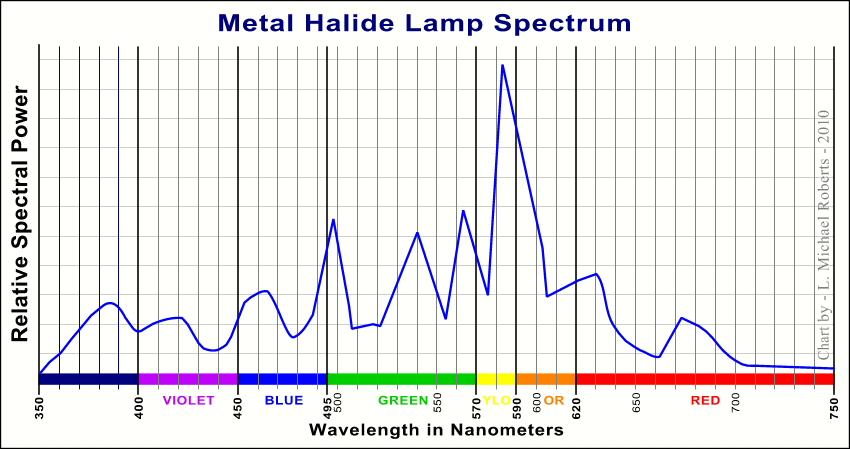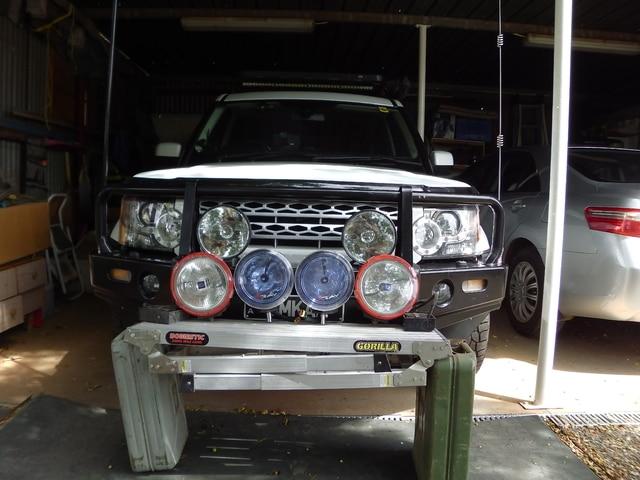Interesting article. When I put the Fyrlyts on the "yellowness" of the halogen was quite apparent compared to the"whiteness" of the Discovery's Xenons. I purchased the Fyrlyts after extensive research. I was initially surprised as how "less white" they were, however, I have come to appreciate them more with use. The colour of the Fyrlyts is easy on the eye but it's true, they give much better "natural light" than HID or LED.
The ability to pick out roos, etc on the side of the road is definitely enhanced, with less blending of the wildlife into the roadside scrub. We are able to spot the wildlife much quicker even without the wildlife having to move first as seemed to be previously the case. There is greater contrast between roadside bush and a kangaroos fur at night compared to previously. The shadow cutoff is nowhere near as pronounced as with LED. I'm not talking about the edge of the light beam but simply over the irregularities of the road and verges. There is a better view of the terrain as a whole so rather than objects appearing to have sharp edges you actually see the features of the road and vegetation in far more detail.
Having extra red and yellow frequencies in the light curve of the Fyrlyts rather than the excess of blue in LED does make a difference imho.
Trevor



 Reply With Quote
Reply With Quote










Bookmarks